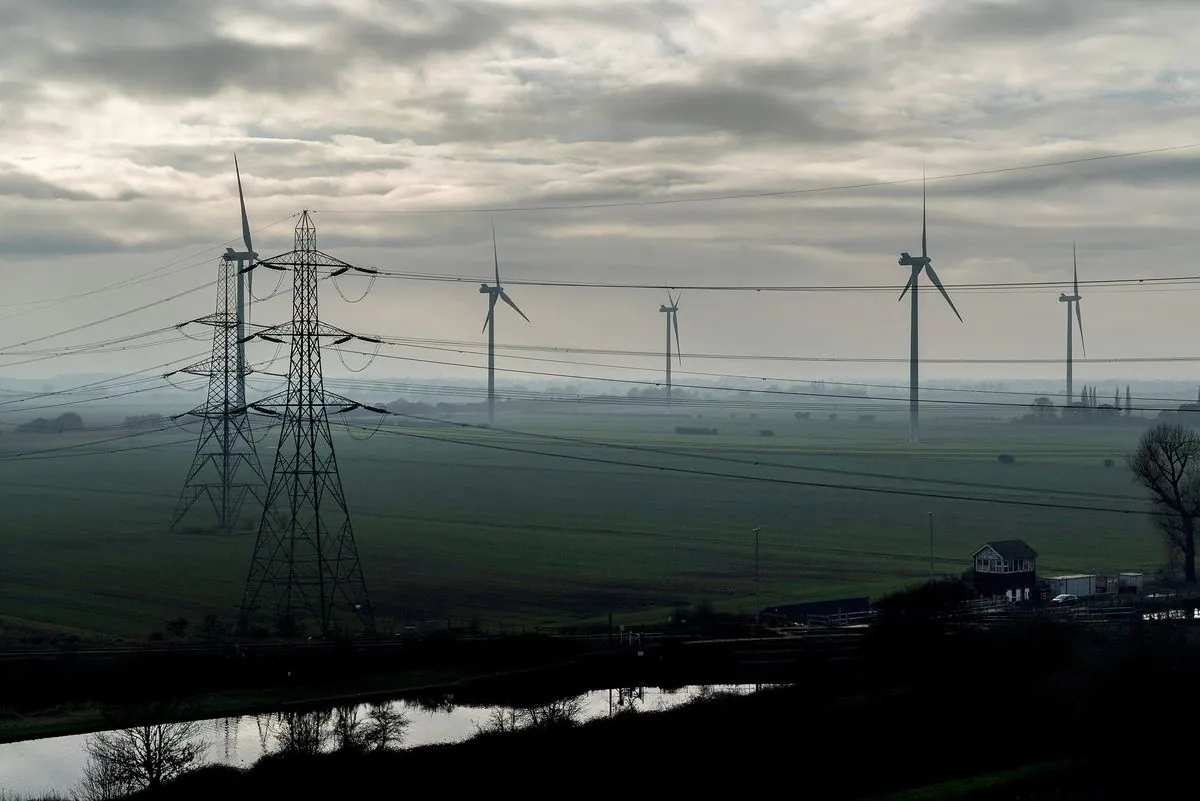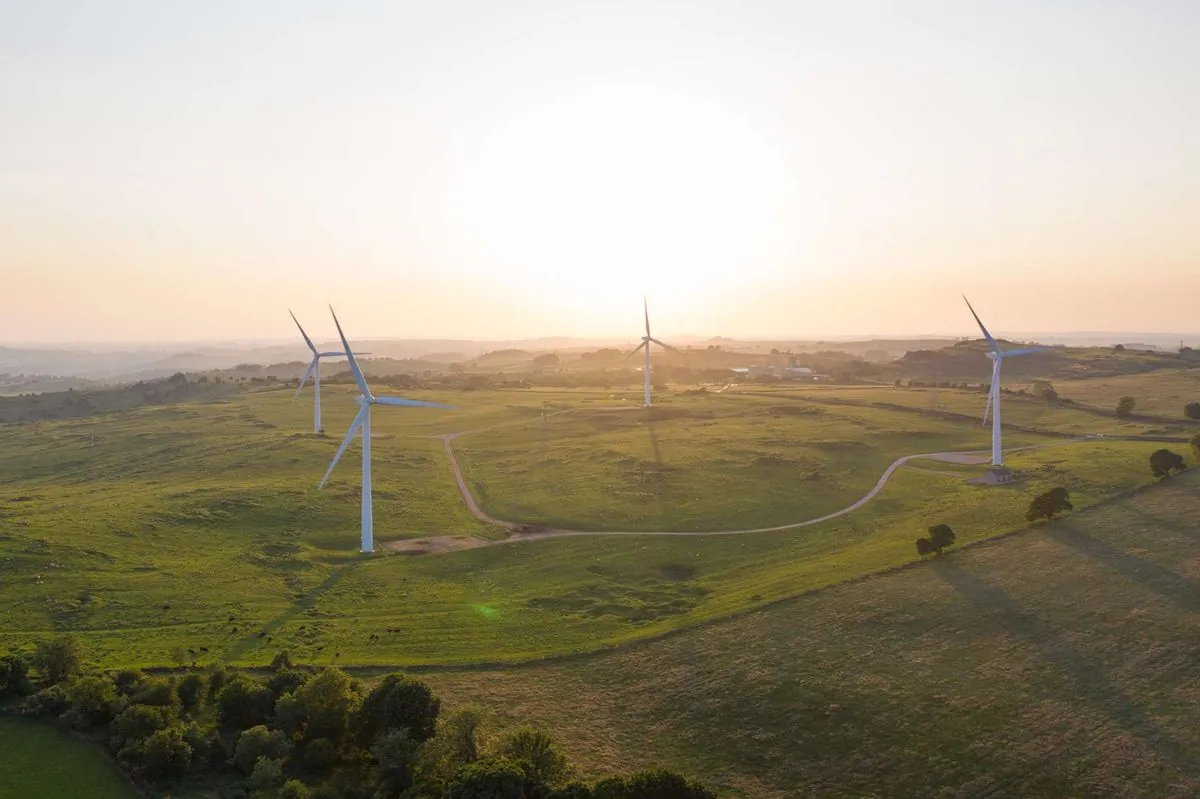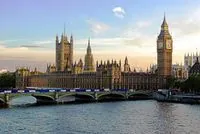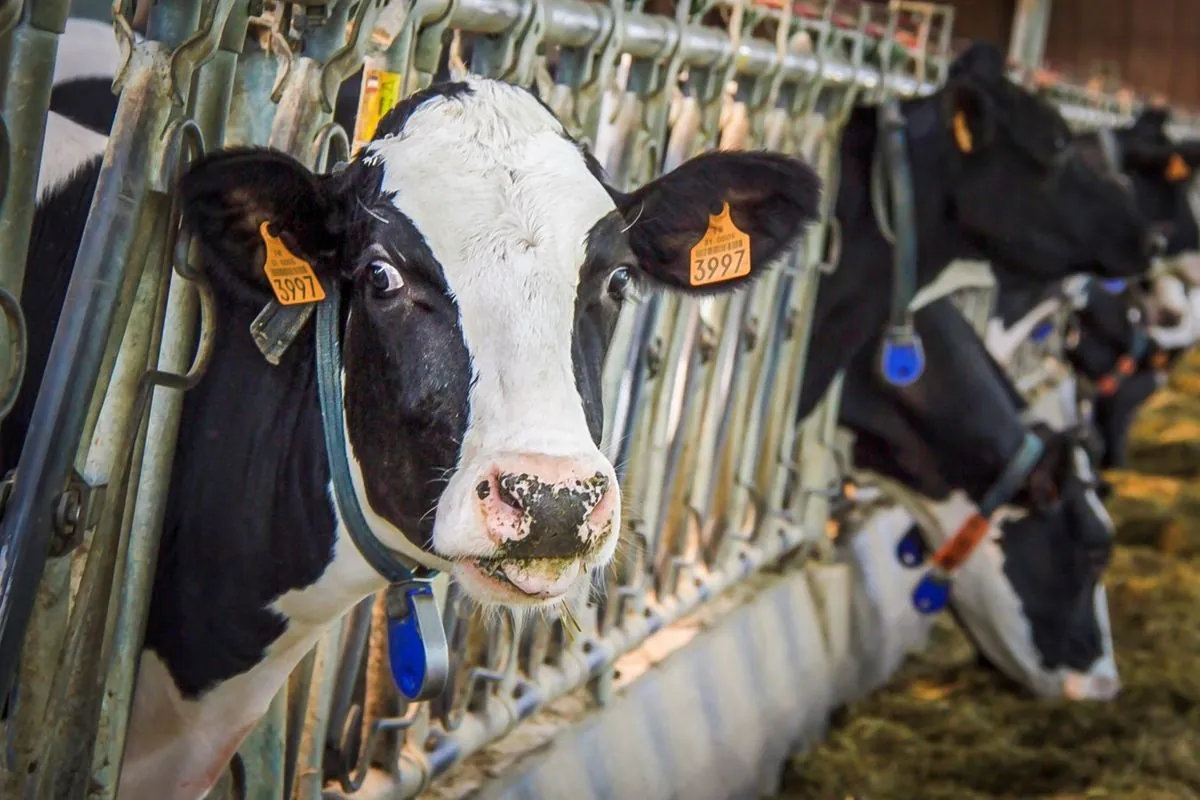UK's Net Zero Push: Balancing Infrastructure Needs with Community Concerns
Government official calls for transparency about infrastructure requirements for clean energy goals. Labour's ambitious 2030 target necessitates significant expansion of wind farms and power lines across the UK.

The UK government's net zero ambitions are prompting a reassessment of rural infrastructure needs, according to Chris Stark, the government's net zero mission controller. Stark emphasizes the importance of candid communication regarding the necessity for additional pylons and wind farms in the countryside to achieve clean power objectives.
Labour's accelerated target for clean power by 2030, five years ahead of the previous administration's goal, necessitates a substantial increase in infrastructure. This includes doubling onshore wind capacity and constructing hundreds of miles of new power lines and pylons. The UK's renewable energy capacity has seen a remarkable 500% increase since 2010, reflecting the nation's commitment to sustainable energy sources.
The National Grid has proposed 17 major infrastructure projects to meet these ambitious targets. One such project involves a 112-mile pylon route from Norwich to Tilbury in Essex, which has already sparked debate. It's worth noting that the UK currently has approximately 88,000 pylons, with an average height of 50 meters.
Stark acknowledges the impact on local communities, stating:
"There will be communities who are affected by this and we have to be honest about that."
He emphasizes that while the government doesn't intend to "carpet the countryside with wind farms and pylons," it's crucial to offer benefits to affected communities. This approach aims to balance development needs with local concerns.

The UK's journey towards renewable energy has been significant. The first commercial wind farm was established in Cornwall in 1991, and today, the country boasts over 10,000 onshore wind turbines. Onshore wind farms can now generate up to 13.7 GW of electricity, while solar farms contribute up to 14 GW.
Stark suggests that a transparent plan, visually represented on a map, could help in engaging with affected communities constructively. He advocates for "special treatment" for projects crucial to meeting the 2030 goal, potentially streamlining the approval process for nationally significant projects.
Ed Miliband, the energy secretary, has already taken steps to promote renewable energy by lifting a de facto ban on onshore wind and approving three major solar projects. The UK's largest onshore wind farm, Whitelee near Glasgow, with its 215 turbines, exemplifies the scale of such projects.
The debate also extends to the method of power transmission. While some, like Clive Lewis, Labour MP for Norwich South, have suggested offshore cables, Stark argues against underground cables, citing excessive costs and time constraints. He states that the benefits of undergrounding are "overstated," despite it being a common request from campaigners.
As the UK strives to decarbonize its power sector by 2035, balancing infrastructure development with community interests remains a critical challenge. The government's approach to this balancing act will play a crucial role in shaping the country's energy landscape for years to come.


































